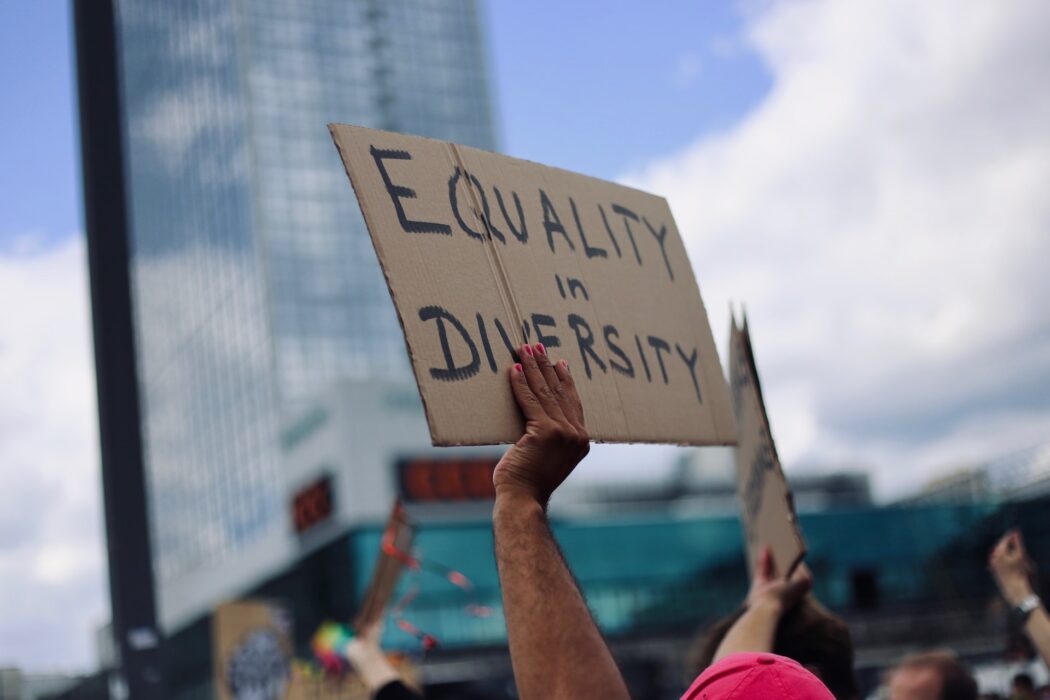WHY DIVERSITY INITIATIVES DON’T SEEM TO BE WORKING?

While we champion the cause of diversity and join in the occasions to celebrate and create more awareness for the need for diversity, on the ground, nothing much seems to have changed. Or, rather, the change seems to be happening very slowly. I believe that there are two main reasons for this:
1. We have failed to recognise that the diversity issue is an Adaptive Challenge and not a Technical Problem.
2. We are ill-prepared for the increased conflict that diversity brings with it.
1. It is an Adaptive Challenge
Mistaking an Adaptive Challenge for a Technical Problem is a common mistake leaders make. [For a better understanding of the differences between an Adaptive Challenge and a Technical Problem, please see my article “Leadership Vs Management” ]
We have been approaching the whole diversity issue through regulations, policies and rules to be implemented by and in organisations – all steps that would be appropriate to solve a technical problem. The diversity issue has now been reduced to compliance. People are required to only be on the right side of these regulations, policies and rules. These are not encouraging any significant large-scale changes.
Significant large-scale changes will happen only when we recognise that diversity issue requires mindset (values and beliefs) change in all people, and not just in organisations. And the change needs to start in our homes. We must start by changing the mindset of our sons and daughters, brothers and sisters, spouses and partners in all decisions and challenges in life. A person who thinks otherwise cannot come to work and adopt diversity. We cannot absolve ourselves from this responsibility and reduce the diversity issue only to an organisational problem. We have to take responsibility for bringing about this mindset change in our immediate and extended families, and try and influence a change within our network. Unfortunately, I don’t see this happening on a large scale.

While it is important to have regulations, policies and rules, as they provide direction and reign in errant behaviours, significant large-scale adoption of diversity can happen only if we embrace it in all walks of life and not just at work.
2. Diversity Leads To Increased conflict
Diversity and consensus are oxymoronic. As we adopt diversity in our lives, they result in a diversity of thoughts and diversity of views, which manifest as increased differences. Although, we like to support diversity, we seek conformity, as we are ill-prepared to handle the increased conflicts that diversity brings. Decision makers, who may have got used to achieving consensus in decision-making, may suddenly find themselves being confronted with diverse, and even contradictory views. They may experience “loss of control”, and even “loss of authority”. Unable to handle increased conflicts, people tend to do only as much as absolutely required in their support of diversity.

On the other hand, the beneficiaries of diversity initiatives must understand that these initiatives have given them a place at the table. From here on, they need to assimilate themselves into their teams, and not continue to sit on the other side of the table. Diversity initiatives provide them with opportunities to share their thoughts and views. They do not imply that their thoughts and views must always be accepted. At the table, everyone is equal. And like others, they need to influence the decision making. They definitely need to be consulted, but the final decision lies with the person entrusted with the responsibility of making the executive decisions. In the absence of a clear decision-making structure, increased diversity may lead to increased chaos, as can be witnessed in Social Groups.
We have to acknowledge that diversity initiatives will increase conflicts. Inability to handle increased conflicts may lead to:
- reduced consultation in decision making;
- feeling among team members of being marginalised;
- fear of losing the love of family members.
It is important to understand and demonstrate that the conflicts are around the issues, and not with the people involved.
In Conclusion
Although there is no doubt about the urgent need to increase diversity in all walks of our lives, to achieve significant large-scale change, we need to accept that diversity is not only an organisational problem but a more widespread challenge. We need to embrace diversity in our personal lives first and demonstrate our commitment towards this in all our actions. At the same time, we need to improve our ability to deal with the increased conflicts that diversity brings about. Without these, diversity initiatives have no chance of success.

